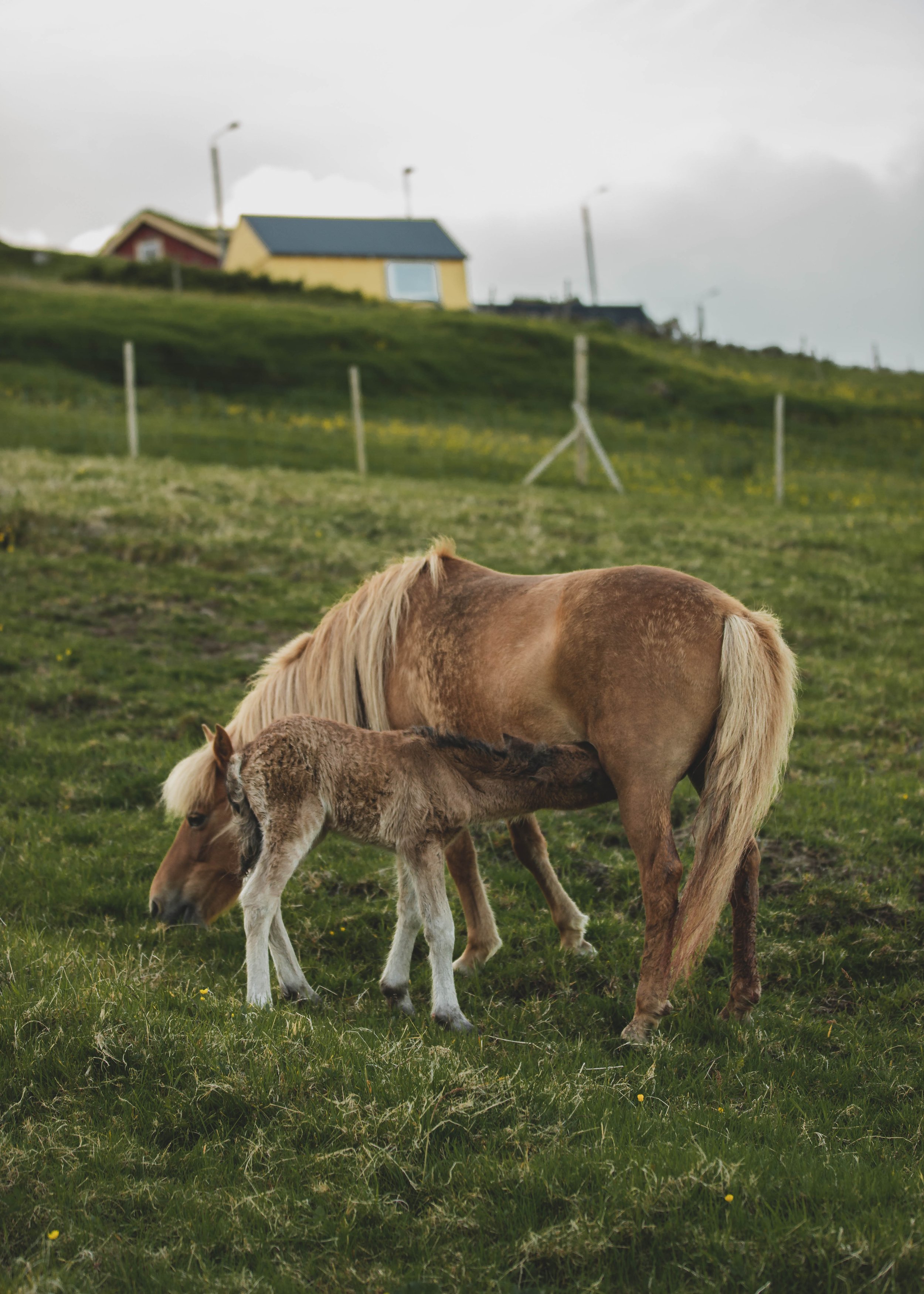There is new hope for The Faroese Horse
For many years, the Faroese Horse Association, has worked hard towards saving the indigenous horse of the Faroe Islands. The population today is considered critically endangered, risking extinction unless something effective is done. Preserving the breed requires legislation and funding, as it can only increase and thrive through controlled breeding.
However, despite the Association’s years of appeals and lobbying, political interest and desired results are lacking, as neither the necessary funding nor the required legislation are in place to enable the breed to prosper.
Consequently, the Association has directed its efforts to raising awareness about this unique horse breed and its endangered situation, also abroad. And finally, the future – at least the immediate future – looks brighter. Recently the Association received a financial boost which will make a new solution possible. It is an alternative project which – if successful – will result in ten new foals next year.
An anonymous foundation has made a very generous donation to this project, which may be the most important step towards preserving this Faroese breed today. The money will go to the breeding project as well as to a documentary film following the process as well as describing the critical situation of the Faroese horse.
Present Faroese legislation means that the process necessary to enable the project is complicated. Ten Icelandic mares will be transported from Denmark to the Faroe Islands. Ten Faroese mares will then breed with Faroese stallions, and the embryos will be transferred to the Icelandic mares. They thus become surrogate mothers to ten new foals, when they return to Denmark. The advantage to this method is that Faroese foals in Denmark can get a passport and may be moved across borders to interested buyers.
While continually developing and implementing a careful breeding programme, mindful of avoiding inbreeding, the Association recognises that it is a slow process, and the market for the horses in the Faroe Islands is too small. Last year, there were only three new foals in a population of 89 horses. But there is an increasing interest for Faroese horses abroad. Lack of proper legislation, however, makes it impossible to transfer Faroese horses to other countries – even if this might contribute to increasing the population. The new project will help provide a future with a growing population of pure Faroese horses for breeding outside of the Faroe Islands.
The Faroese Horse Association was established 45 years ago. Very few pure Faroese horses then existed, tracing back to only four original horses. It was certainly in the eleventh hour, if the breed was to be saved from extinction. But it is an uphill road to a comfortably sized, diverse population when funding is lacking and the number of interested local buyers is too small.
Centuries ago, when horses were an important part of the Faroese household, the population was large. Eventually, however, many Faroese horses were exported, and other breeds introduced to the Faroe Islands. There was extensive interbreeding, with the result that this separate breed all but disappeared. But this native breed had adapted to the harsh Faroese climate and the landscape, and it was able to survive the tough winters. The horse is small, light and hardy, but also strong and agile. It eats less than other breeds and is strong compared to its size. It is a pity, then, that the local community does not work harder to protect their own breed, both financially and in legislation. So it is very important that funds and horse-lovers abroad help support the Faroese horse from the brink of extinction with a project like this. Perhaps their interest may strengthen Faroese interest and respect for their own native breed.

